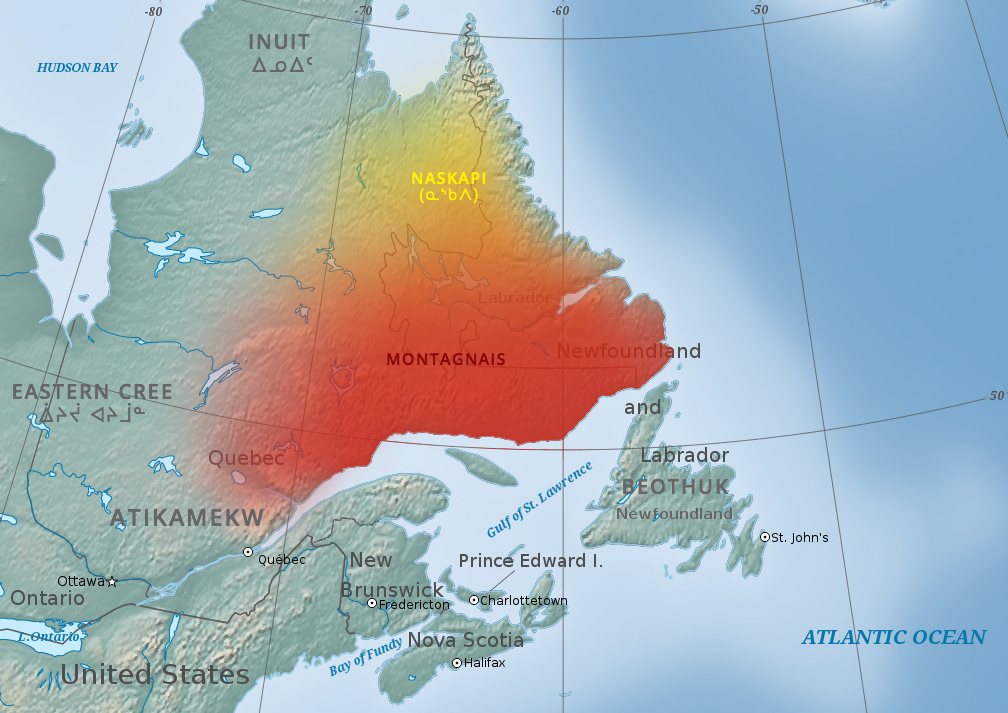|
Mamit
Mamit may refer to: * Mamit Innuat * Mamit, India, a town in Mizoram * Mamit district Mamit district is one of the eleven districts of Mizoram state in India. Geography The district is bounded on the north by Hailakandi district of Assam state, on the west by North Tripura district of Tripura state and Bangladesh, on the south b ..., a district of Mizoram * Mamit Assembly constituency, an assembly constituency in India * Mamit Vanlalduatsanga, Indian professional footballer {{Disambig ... [...More Info...] [...Related Items...] OR: [Wikipedia] [Google] [Baidu] |
Mamit District
Mamit district is one of the eleven districts of Mizoram state in India. Geography The district is bounded on the north by Hailakandi district of Assam state, on the west by North Tripura district of Tripura state and Bangladesh, on the south by Lunglei district and on the east by Kolasib district, Kolasib and Aizawl district, Aizawl districts. The district occupies an area of 3025.75 km². Mamit, India, Mamit town is the administrative headquarters of the district. Demographics According to the 2011 census of India, 2011 census Mamit district has a Demographics of India, population of 86,364, roughly equal to the nation of Andorra. This gives it a ranking of 618th in India (out of a total of Districts of India, 640). The district has a population density of . Its Family planning in India, population growth rate over the decade 2001-2011 was 37.56%. Mamit has a sex ratio of 927 Women in India, females for every 1000 males, and a Literacy in India, literacy rate of 84.9 ... [...More Info...] [...Related Items...] OR: [Wikipedia] [Google] [Baidu] |
Mamit, India
Mamit is a census town in Mamit district in the Indian state of Mizoram. Geography Mamit is located at . Demographics As of 2011 India census A census (from Latin ''censere'', 'to assess') is the procedure of systematically acquiring, recording, and calculating population information about the members of a given Statistical population, population, usually displayed in the form of stati ..., Mamit had a population of 7884, in which 4074 are male while 3810 are female. Media The Major Newspapers in Mamit are: *Mamit Times References Cities and towns in Mamit district {{Mizoram-geo-stub ... [...More Info...] [...Related Items...] OR: [Wikipedia] [Google] [Baidu] |
Mamit Assembly Constituency
Mamit is one of the 40 Legislative Assembly constituencies of Mizoram state in India. It is part of Mamit district Mamit district is one of the eleven districts of Mizoram state in India. Geography The district is bounded on the north by Hailakandi district of Assam state, on the west by North Tripura district of Tripura state and Bangladesh, on the south b ... and is reserved for candidates belonging to the Scheduled Tribes. Members of the Legislative Assembly Election results 2023 2018 2013 2008 References {{coords, 23.92, 92.49, display=title Mamit district Assembly constituencies of Mizoram Politics of Mizoram Constituencies established in 1987 1987 establishments in Mizoram ... [...More Info...] [...Related Items...] OR: [Wikipedia] [Google] [Baidu] |
Innu
The Innu/Ilnu ('man, person'), formerly called Montagnais (French for ' mountain people'; ), are the Indigenous Canadians who inhabit northeastern Labrador in present-day Newfoundland and Labrador and some portions of Quebec. They refer to their traditional homeland as ''Nitassinan'' ('Our Land', ᓂᑕᔅᓯᓇᓐ) or ''Innu-assi'' ('Innu Land'). The ancestors of the modern First Nations were known to have lived on these lands as hunter-gatherers for many thousands of years. To support their seasonal hunting migrations, they created portable tents made of animal skins. Their subsistence activities were historically centred on hunting and trapping caribou, moose, deer, and small game. Their language, which changed over time from Old Montagnais to Innu-aimun (popularly known since the French colonial era as Montagnais), is spoken throughout Nitassinan, with certain dialect differences. It is part of the Cree–Montagnais– Naskapi dialect continuum, and is unrelated to ... [...More Info...] [...Related Items...] OR: [Wikipedia] [Google] [Baidu] |
